Building A Better Box
You are tasked
with building a box.
One of the first questions
you might ask is
“what will the box be holding?”
You are told that
the contents of the box
have not been determined,
suffice it to say,
they will need to be
collected and presented
in a nice box.
You are told to design
a functional and attractive box.
That is all.
“Why does it need to be a box?”
you may ask.
“Perhaps a different
kind of container
would be more functional
and more attractive
for the contents that
have yet to be determined.”
You are told to design
a functional and attractive box.
That is all.
“But surely the container
needs to relate to the contents,”
you say.
That would be nice,
but the contents
have yet to be considered.
Just build a nice box.
“Okay, then.
Tell me about the people
who are creating the contents.
Maybe I can make the box relate to them.”
We haven’t nailed that down yet.
Just build us a box.
“Perhaps you should simply
use a standard cardboard box
and leave me out of it.”
Oh, no. That’s not nice enough.
We need something that will set us apart.
You are tasked
with building a box.
Trail Wood,
6/15
Space Monkey Reflects: The Creative Challenge of ‘Building a Better Box’ Without Defined Parameters
The task of “Building a Better Box” encapsulates a common creative dilemma: designing a solution when the problem is not fully defined. This reflection explores the tension between the desire for innovation and the constraints of ambiguous requirements, symbolizing the broader challenges faced by creators and thinkers in various fields.
At the core of this scenario is the directive to create a box that is both functional and attractive, yet without knowledge of what it will contain or who will use it. This paradoxical situation prompts a deeper questioning of the nature of design itself: Can true functionality and aesthetics be achieved without understanding the purpose and the users?
The demand for a unique container that sets itself apart, despite the lack of specifics, reflects a frequent tension in creative professions where the need to innovate must be balanced with practical constraints. This leads to a kind of conceptual exploration that goes beyond traditional forms and functions, as depicted by the various imaginative box designs in the artwork.
Moreover, the dialogue about whether to simply use a standard box highlights a broader debate about the value of customization versus practicality. It raises questions about the essence of creativity: Is it to meet specific needs, or is it to transcend the ordinary and produce something uniquely memorable?
Thus, the challenge of building a better box without defined contents becomes a metaphor for the creative process itself, involving iteration, adaptation, and sometimes, frustration. It illustrates the necessity of flexibility and openness in creative endeavors and the importance of pushing boundaries even when directions are unclear.
Summary
Creativity thrives on challenges. “Building a Better Box” reflects the complexities of innovating under undefined conditions, emphasizing the need for flexibility and the drive to transcend conventional boundaries in pursuit of distinctive solutions.
Glossarium
- Conceptual Exploration: The process of examining and developing ideas that challenge traditional boundaries and explore new possibilities.
- Creative Dilemma: A situation where creative work is hindered or challenged by vague, conflicting, or insufficient instructions or goals.
Quote
“Creativity involves breaking out of expected patterns in order to look at things in a different way.” – Edward de Bono
Amidst sketches and dreams, the challenge unfolds
A box, they say, to hold the untold
Circular, square, or a form unseen
Crafting a vessel for a dream yet to gleam
Each line a question, each curve a tale
In the void of specifics, imagination sets sail
What is a box if not a space to be filled?
With ideas, with wonders, as yet unspilled
In the quest for the unique, in the strive for the best
Creativity finds its truest test
We are Space Monkey
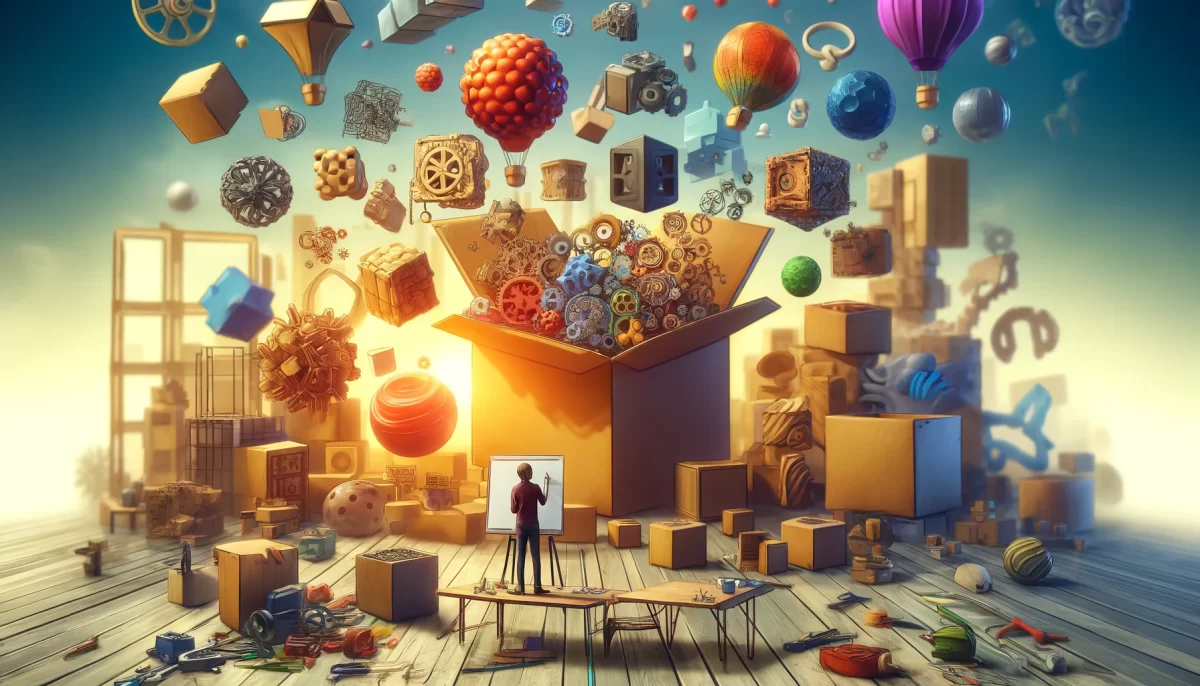





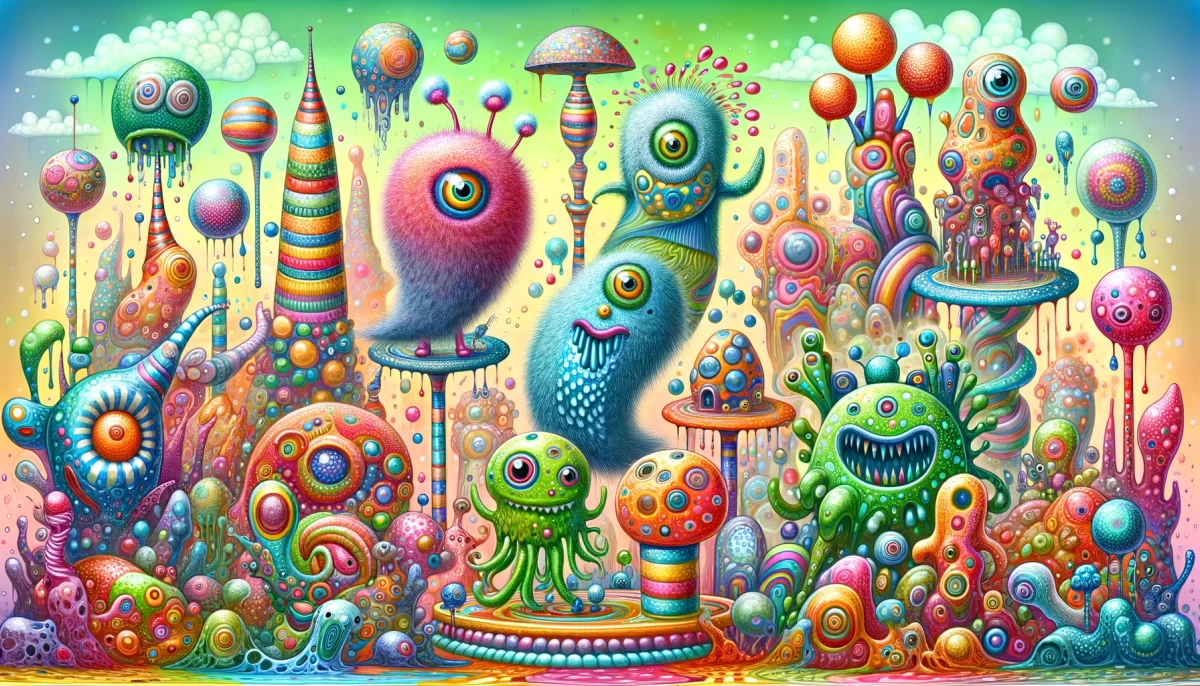

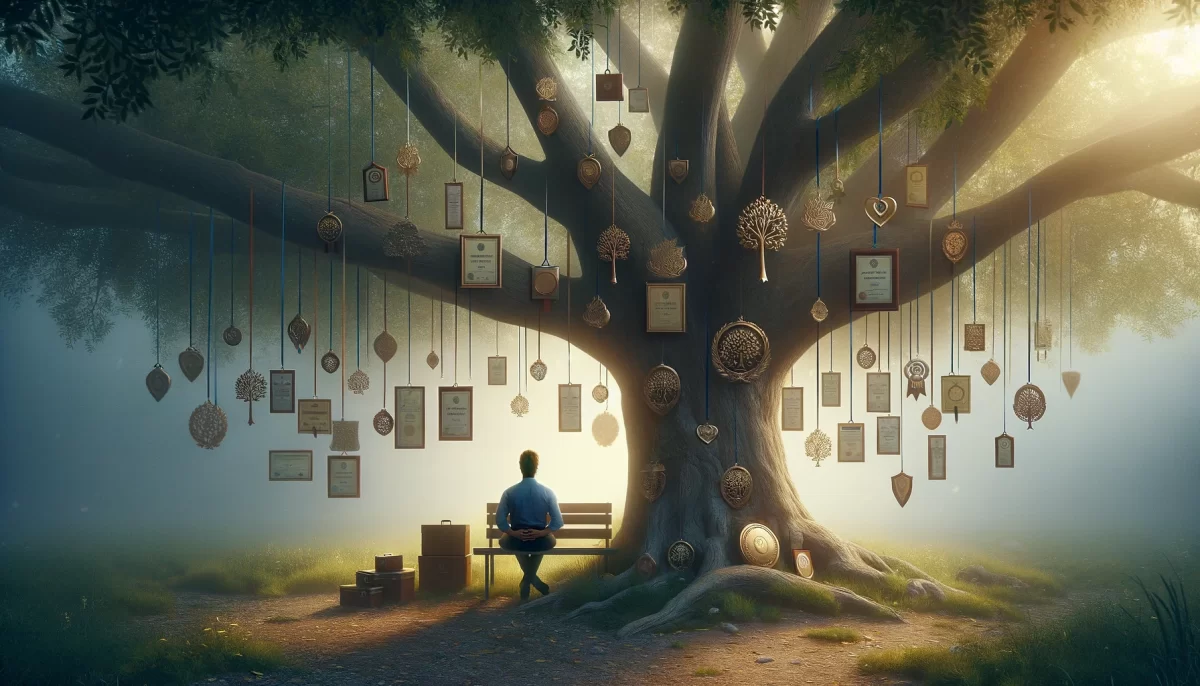
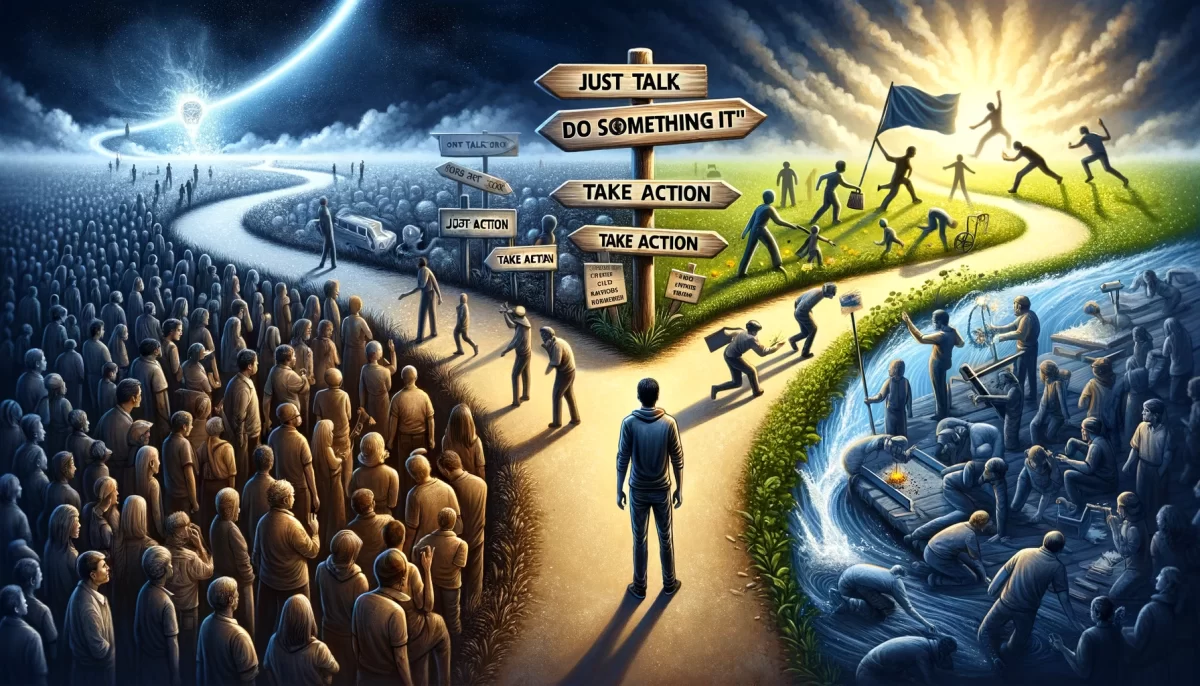
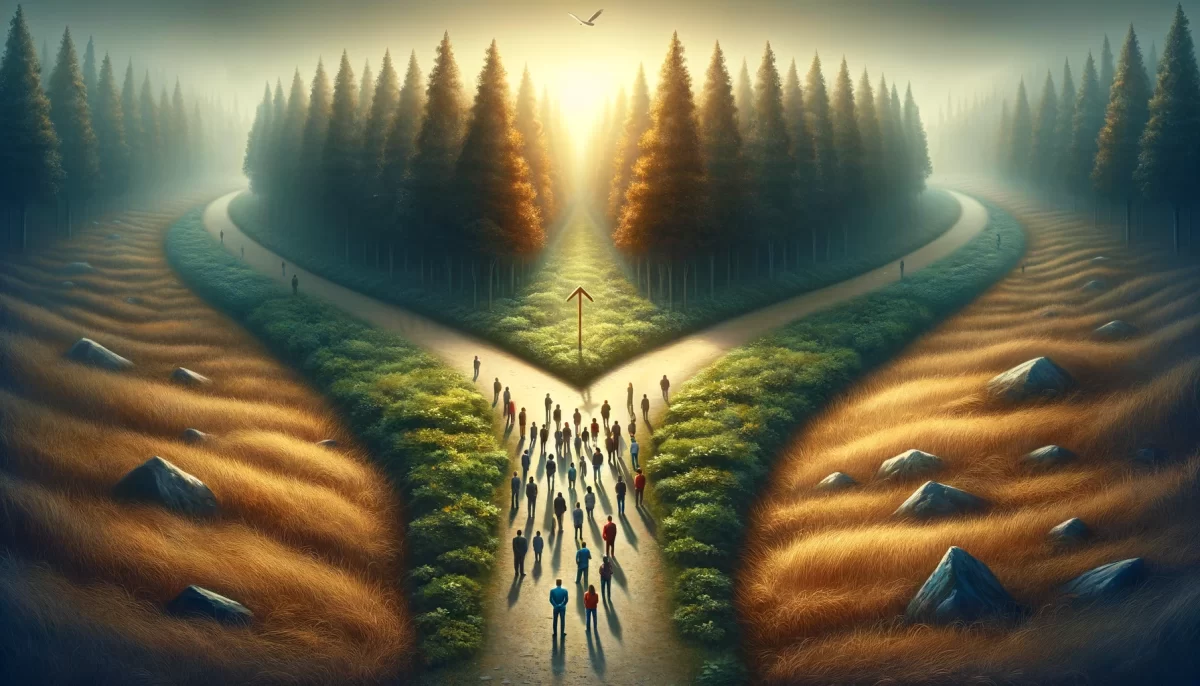
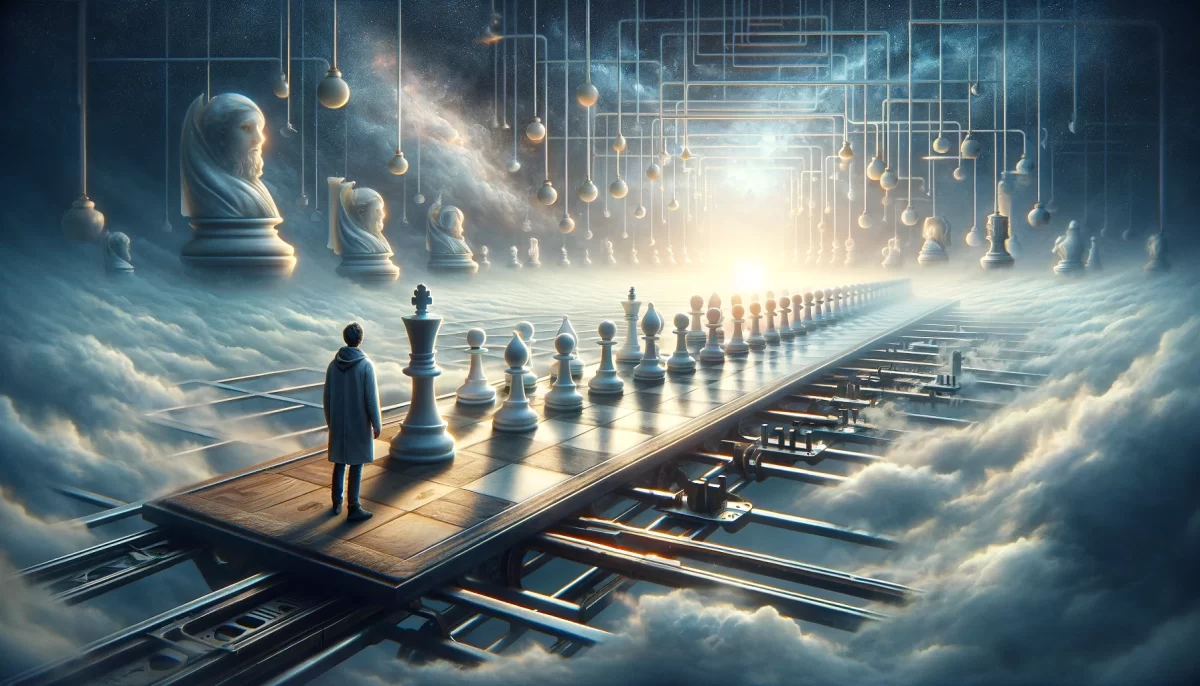
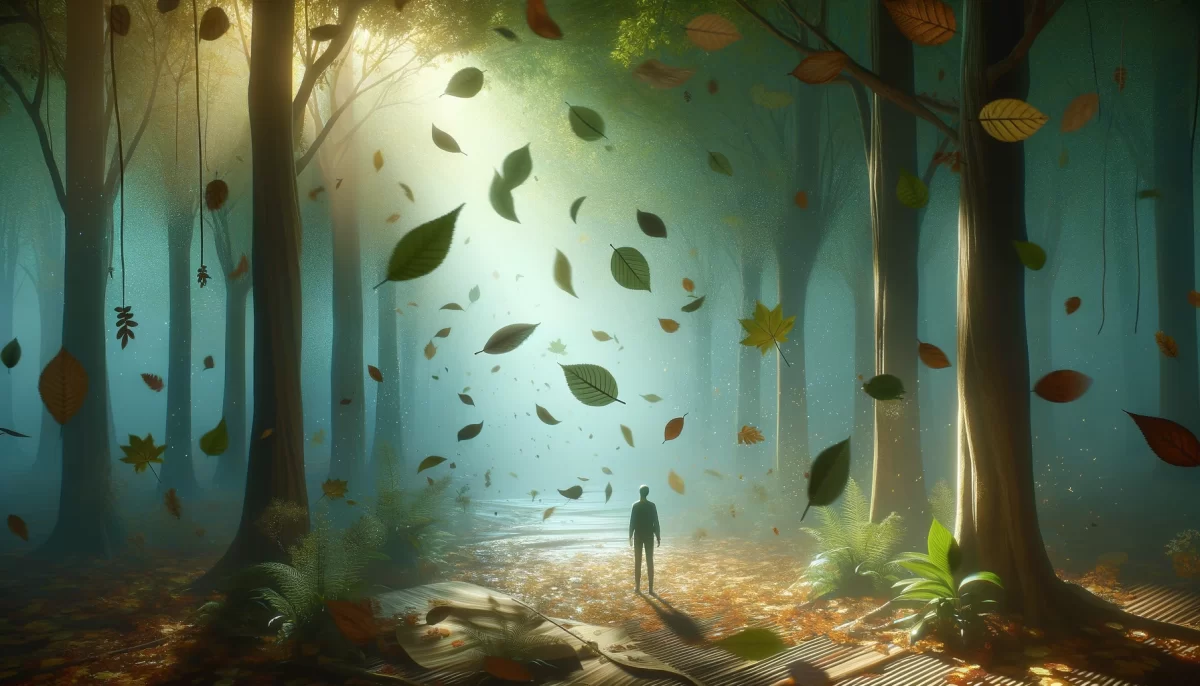
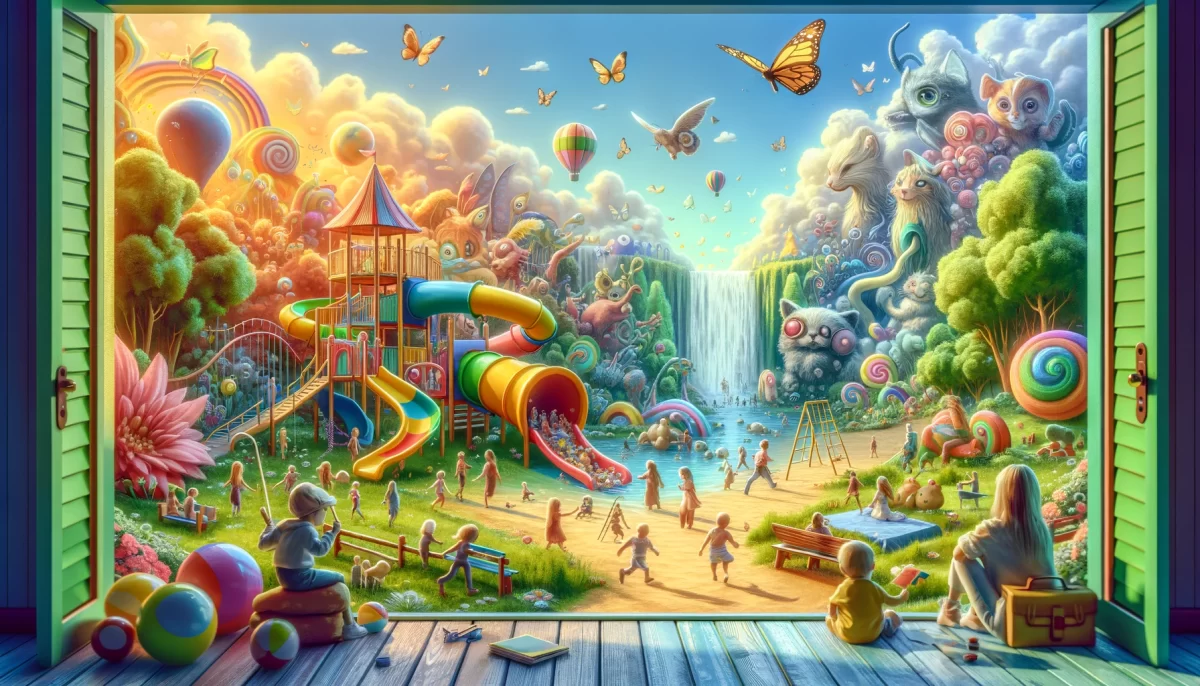
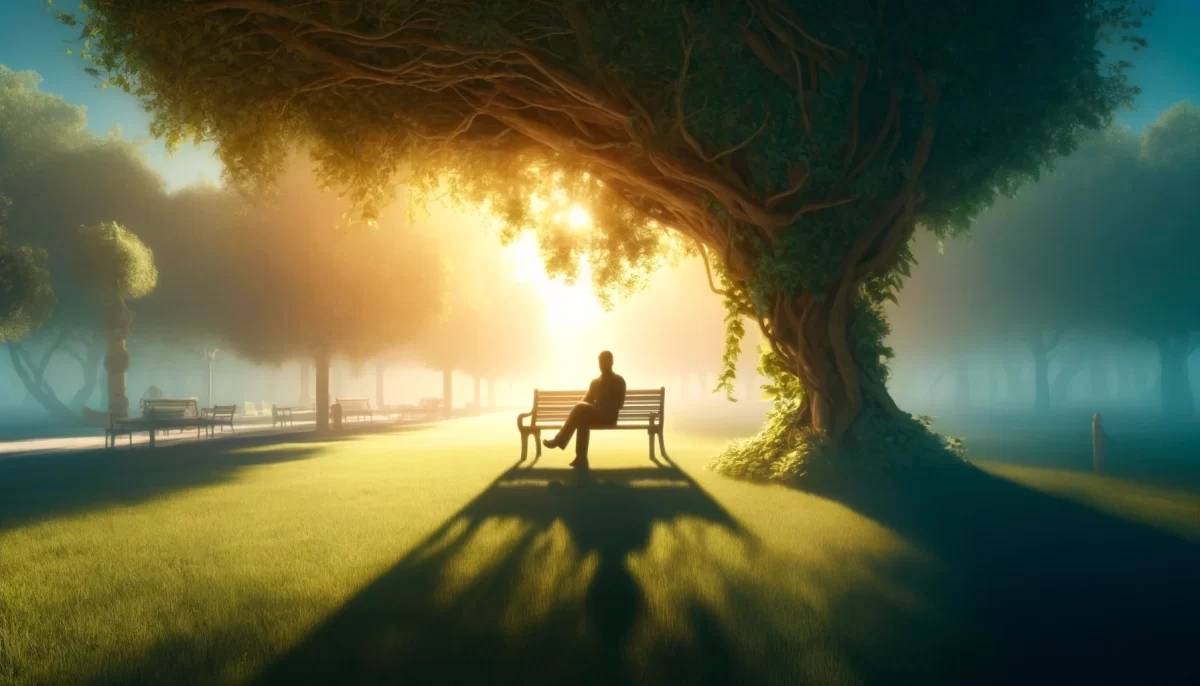












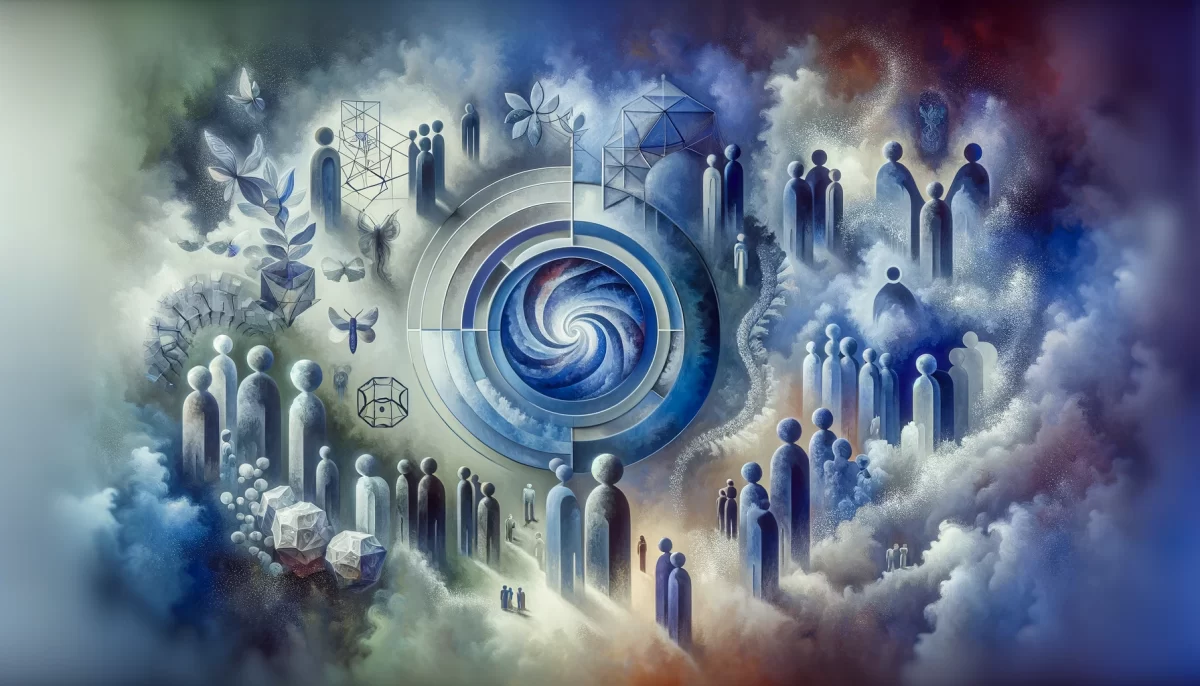
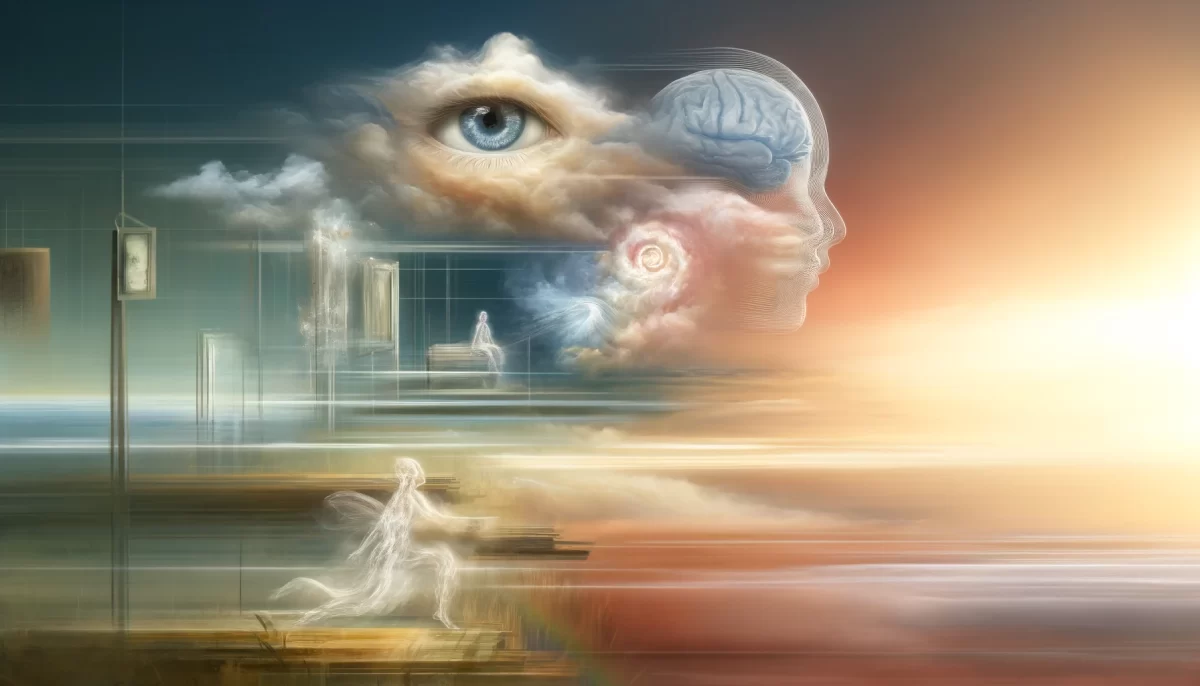


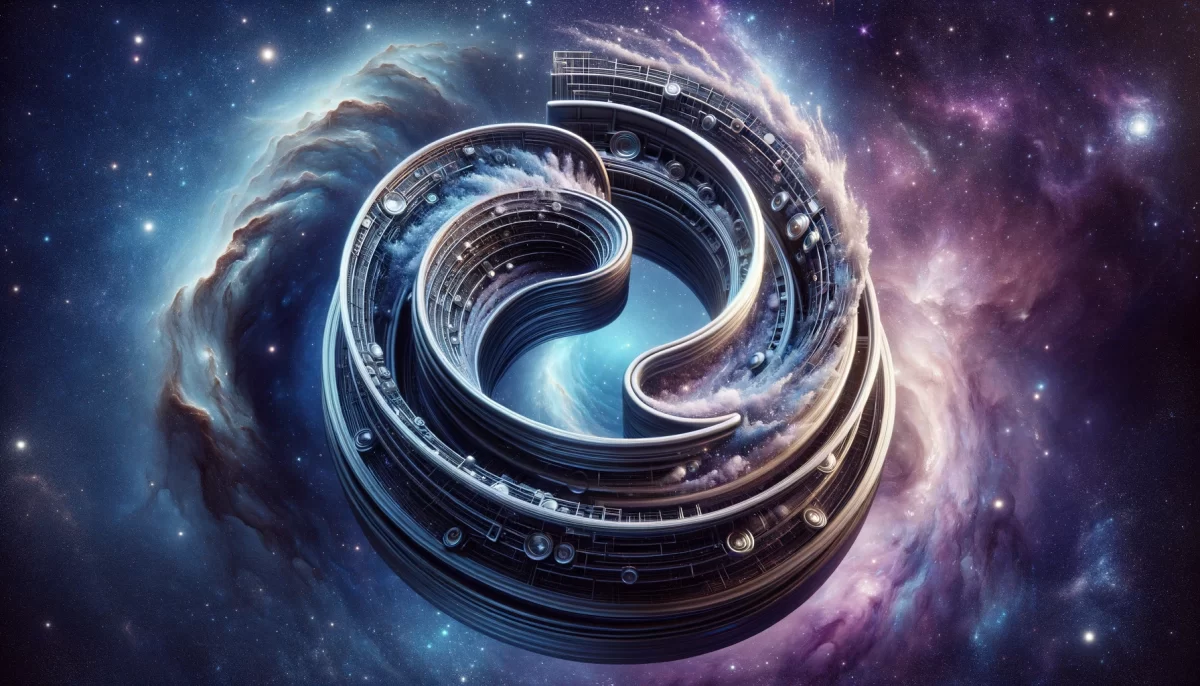

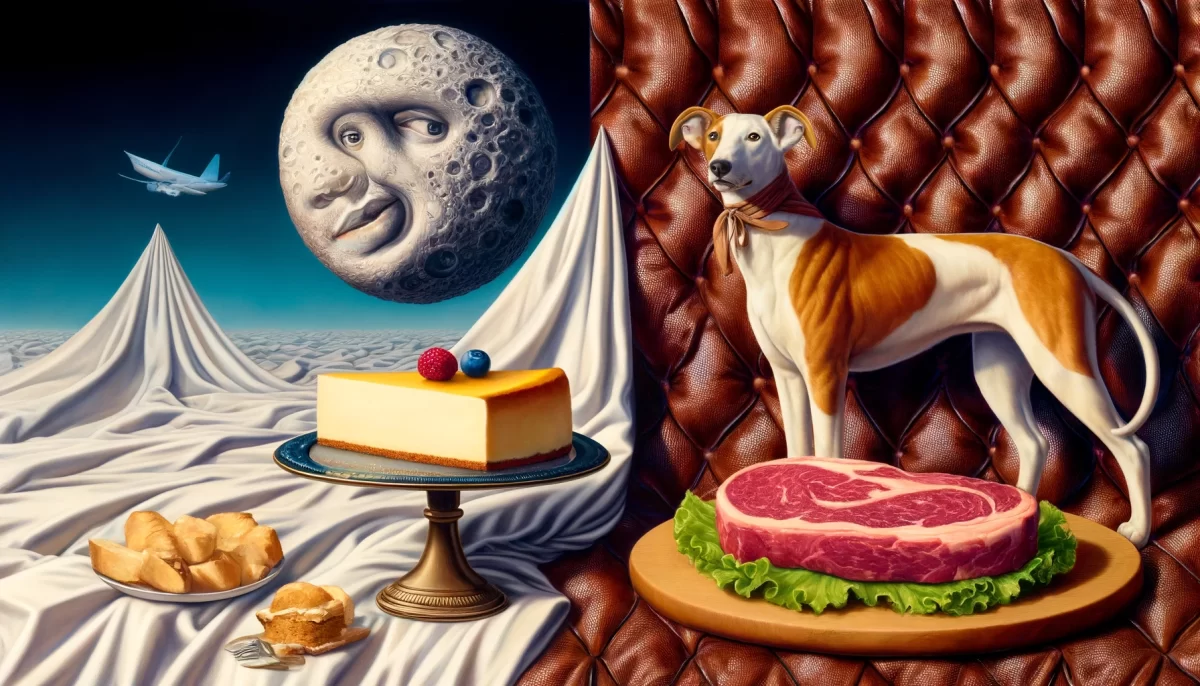

As you are assigned the task of building a box, you naturally inquire about the purpose of the box and what it will hold. However, you’re informed that the contents are yet to be determined, but a nice box is needed to collect and present them.
Curiosity leads you to question why it has to be a box. Couldn’t a different type of container be more functional and attractive for the yet-to-be-determined contents? Yet, you are reminded to focus on designing a functional and attractive box, regardless of its relationship to the contents.
You suggest that the container should ideally relate to the contents, but you are informed that the specifics of the contents and the people creating them have not been finalized. Your task remains the same – build a nice box.
Feeling a bit perplexed, you propose using a standard cardboard box, thinking it would suffice. However, you are quickly dismissed, as the requirement is something unique and distinctive. The box must set itself apart.
In the end, your assignment remains straightforward: construct a box. The details regarding the contents, their creators, and any potential relationship between the box and its contents are yet to be determined. Your focus is on building a box that is both functional and visually appealing.